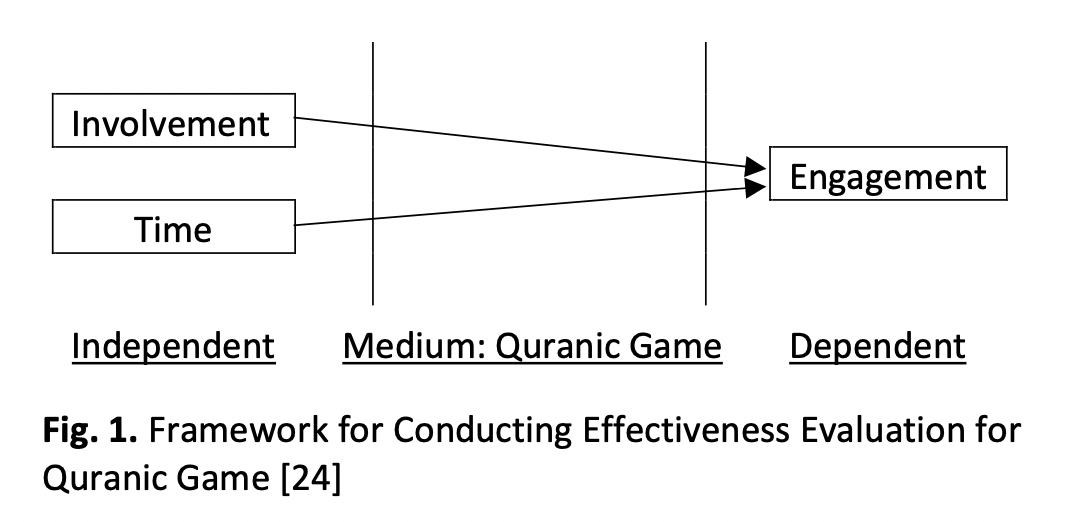Quran Mobile Application: A Structured Review
DOI:
https://doi.org/10.37934/araset.34.2.117132Keywords:
Quran, mobile application, review, SLRAbstract
Mobile applications are growing rapidly and can be employed for various purposes. Presently, they have been applied widely in education. The pace of technological advancement is incredibly fast, impacting all segments of society. One noteworthy area is the facilitation of learning to read and write the Quran, where recent technological developments have significantly simplified the process. However, these applications have certain limitations as they solely concentrate on utilizing technology without incorporating more inventive approaches to aid Quran readers in interacting with, memorizing, comprehending, and establishing connections with the topics covered in the Quran. This paper aims to systematically review and analyze current research on the Quran mobile application. The study reviewed relevant literature indexed in Scopus, Web of Science (WOS), and Directory of Open Access Journals (DOAJ) databases. Consequently, three key study themes have been identified after thoroughly analyzing the “Quran mobile application”: learning and memorization, text analysis and information retrieval, and user experience and engagement. As Quran mobile applications have increased accessibility to learning the Qur’an, they frequently concentrate only on the use of technology meanwhile innovative approaches to improve engagement, memorization, comprehension, and topic connections for Quran readers remain lacking. The outcomes of this study can serve as inspiration for other researchers, providing a solid groundwork for the development and improvements in understanding the Quran.
Downloads





























